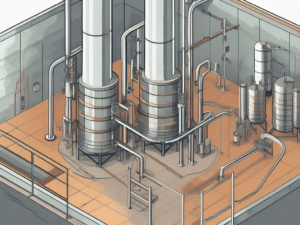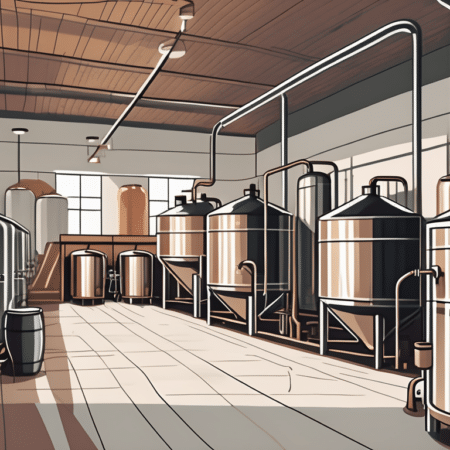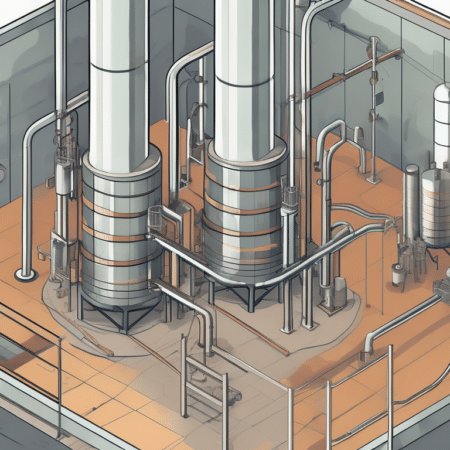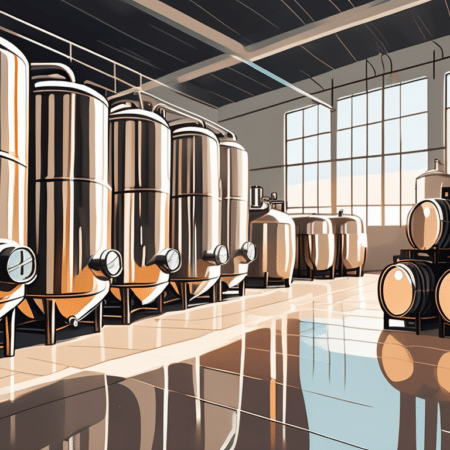The concept of supply and demand is easy but is often complicated when it comes to beer economics
The power to determine the supply of this commodity has been taken away from the people by beer companies that have formed an oligopoly. Beer will always be purchased regardless of the cost and it does not matter whether the wages are high or low. The beer industry has been growing steadily year in year out. The craft industry has experienced exponential growth since the early 80s. According to the Brewers’ Association, there are over 1,800 brewing companies in the United States.
The Pabst Blue Ribbon was the most illustrious beer in the United States in 1890. Its market share has dropped to 2.8 percent, but it is enjoying resurgence because of its decent taste, newly-found popularity among the urban youth, and cheap price. The beer market is an open market hence anyone with an excellent recipe and marketing idea can qualify for a contract and license to brew the commodity. A visit to any local joint will reveal several beer taps with local and independent brews. The Budweiser and Coors beer brand are two definite beer brands that you will quickly get at the local joints.
As of 2004, 64% of the world’s beer market ownership was split among ten beer companies. The merger of InBev, SABMiller, Molson Coors and Anheuser-Busch beer companies in 2008 resulted in the largest beer brewing company in the world. To compete favorably and have a significant piece of cake in the beer market share Molson, Coors and SABMiller joined their Puerto Rico and the United States operations. The joint venture of the two yielded the MillerCoors LCC beer brewing company.
The extensive collaboration between the major beer companies means that MillerCoors and ABI beer companies control the global beer market. They control at least 40% of the global beer market and 80% beer market in the United States. MolsonCoors has its operations in the United Kingdom, the United States, and Canada. Some of the renowned products include MGD 64, Blue Moon, Keystone Light, Coors, and Coors Light. Anheuser-Busch whose products include Shock Top, Michelob, Bud Light, and Budweiser is their direct competitor. This is a perfect case of classic oligopoly that has been formed by the largest beer companies.
The two companies have significant control and market power when it comes to the beer prices. They tend to work in cohorts since Anheuser-Busch can’t increase the price of Bud Light unless MolsonCoors increases the cost of Coors Light. Theirs is a game of cat and mouse concerning other brewing companies as they decide to increase or decrease the prices of their products based on assumptions. They cannot agree on the same share and cost in the United States since it is illegal.












